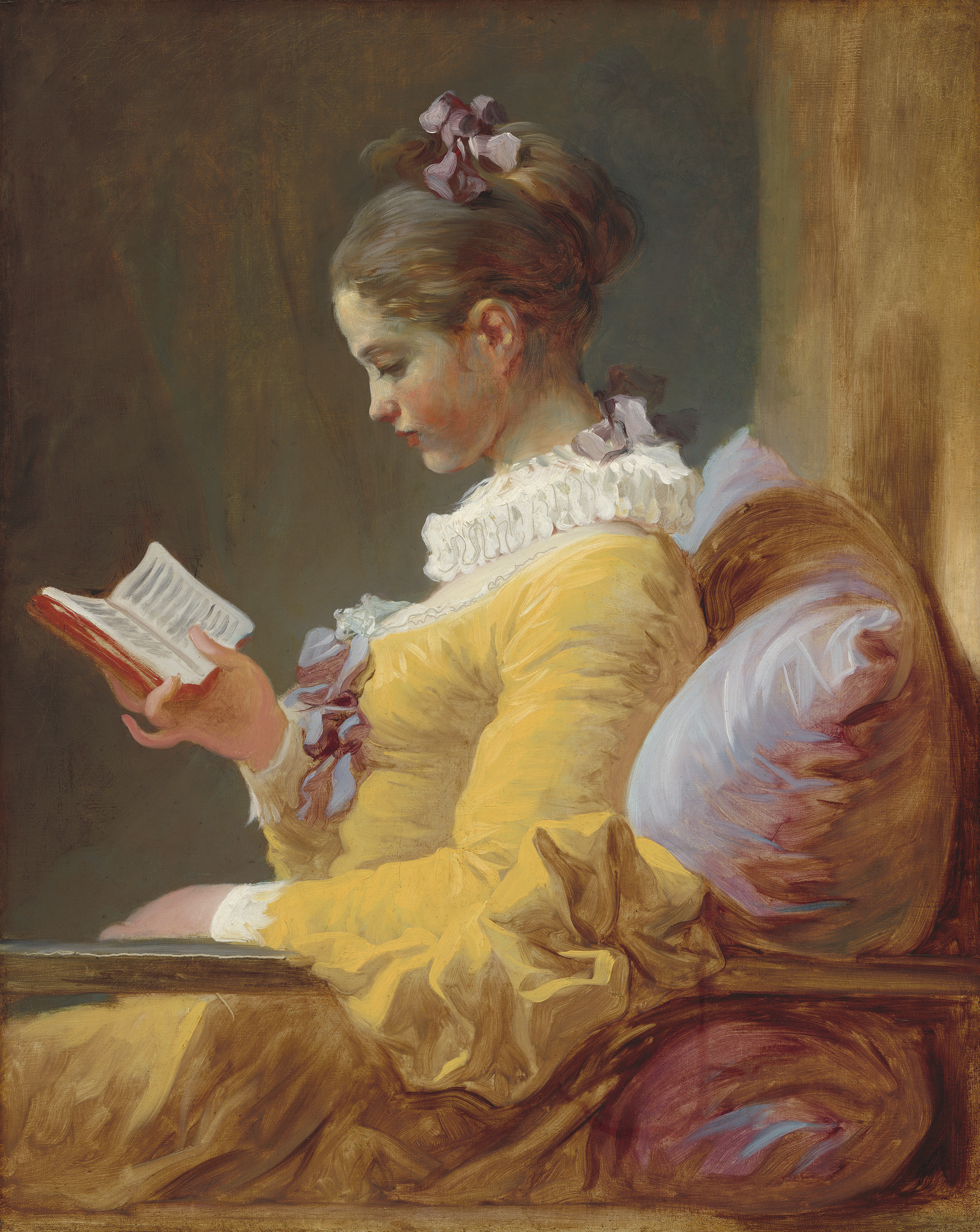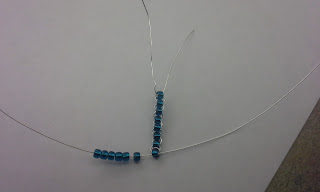I feel like butterflies in 19th century fashion are the most secretly anachronistic style. Maybe someone from the 90's traveled back in time to drop them off to the adoring Victorian lady?
When I heard about butterflies as a motif, it was in terms of fabric. I didn't even consider them in jewelry. Over the past year this blog has featured skulls, snakes, arrows...butterflies don't surprise me. They actually start to make sense when thinking about the naturalistic themes. Also, they're pretty. I will like things if they are pretty enough...
History
Well, butterflies are bugs. Insects, to be exact. They've been around for at least 65 million years. I'm not going to science talk about butterflies, since you can read about that
here on Wikipedia. In terms of ancient Greek mythology, Psykhe, the goddess of the soul, was represented as a butterfly. With the love of all those ancient Greek/Roman motifs, Psykhe "flew" into the hearts of Victorian ladies.
People of the 19th century often chased butterflies, collecting them for preservation in glasses cases. Magazines of the time period sometimes published plans for how to keep the winsome creatures. I'm not going to lie-I want one.
The Butterfly Vivarium, Godey's Lady's Book, 1859
Ladies especially took the butterfly to fashion. Dresses, shoes, accessories, oh my! One can now see the origins of the butterfly bow in magazines and photographs alike. They are dainty little things.
The Ladies Companion and Monthly Magazine, 1861
The Butterfly Rosette, Godey's Lady's Book, 1861
With the many crafts/pictures, I began to trail the path of butterflies in jewelry. Sure they are real creatures, printed or stamped or stitched. Now for the real question...are they used in the context of jewelry during this time period? Hint: Yes, or this post would be shorter...
***For more information about butterflies as motif throughout the 19th century (before and after the Civil War, check out Art of Mourning and their good article on the subject!)
Photographic Evidence
I'm surprised to have found butterflies at all. They're small and delicate; it's no wonder they're hard to spot. And the examples I have found are all postwar.
Based on the other evidence I collected, the trend for butterflies as hair pieces or jewelry stayed popular throughout the mid to late 19th century. As always, I will keep my eyes peeled for more of this type of evidence.
Textual Documentation
Algerine Bracelet, Godey's Lady's Book, 1855

Materials.— Gold Bourdon 8 yards, gold thread and extremely fine ditto (mi-fin), cerise, or blue embroidery chenille, and 8 gold buttons.
THE bracelet is in two parts; the piece which goes round the wrist, and the butterfly -like ornament in the centre. Draw on white paper a braiding pattern according to the design; tack down the bourdon on it, taking the stitches across and never through it. To make the paper more substantial, it may be lined with a piece of toile-cire. Thread a long needle with the fine gold thread, and proceed to edge the bourdon with the coarse gold thread on one side, and the fine on the other. The thread is put on plain, but the chenille is formed into little loops, nearly close together. They are attached to the
bourdon by a sort of darning backwards and forwards. Pass your needle over the bourdon, and under the gold thread; let it go round the gold thread, under the bourdon, and through a little loop of chenille. Then again over the bourdon, and under the gold thread. It need not be done very closely; but when one part of the bourdon crosses another, take a few stitches across both to secure them. Sometimes the chenille and gold thread must change places, as the former is always to form the outer edge of the bracelet. The ornament for the centre must be worked in just the same way, and then attached to the bracelet. Two buttons are placed there, and two to fasten the wrist.
Fashions for July, Godey's Lady's Book, 1861
Among the extravagances invented by Parisian taste, but not as yet adopted to any great extent on this side of the water, are buttons composed of jewels or precious stones; such, for instance, as emeralds, turquoises, diamonds, pearls, and sapphires. Some buttons are made in the form of a small rosette or a tie set with jewels of different colors; others are shaped as a butterfly , the body being in white enamel, the wings in sapphire, and the head in rubies.
Bridal Finery, Godey's Lady's Book, December 1861
The articles in wear for so long a time have been added to this fall—notwithstanding the pressure of the times, and the economical resolves of most families. Among them we note the rich combs of coral, ivory, silver, and gold, intended for evening wear, in full dress. To accommodate the new styles of wearing the hair, some of these have a hinged back, that is, the back of the comb opens to allow the heavy puff of hair to pass through, and closes into shape again. Jewelled pendants, to be attached to the headdress, is also another novelty; these are in various designs, as, for instance, a burnished butterfly , quivering on its perch, a fine spiral wire: there are leaves, crosses,etc., all very striking in their effect, when velvet forms the background.
Fashions for April, Godey's Lady's Book, 1862
Another was of Dunstable straw, faced with a sea-green velvet, and having two bands of the velvet on the outside, one standing up on the edge of the bonnet, and the other about an inch further back. This bonnet was trimmed with a black veil of spotted lace, about ten inches wide and three—quarters of a yard long; it formed part of the inside trimming, then turned over on the outside of the bonnet, and was caught by an exquisite branch of roses and buds on the left side near the edge of the bonnet; it was then folded over once, and carried straight down to the crown, where was placed a black butterfly ; the veil covered part of the crown, and fell over and below the cape, to which it was attached by a rose and bud.
Fashions for August, Godey's Lady's Book, 1862
A very simple headdress was a plait of scarlet velvet, with a very beautiful black and gold butterfly placed on the centre of the forehead.
A Glance at the London International Exhibition, Godey's Lady's Book, 1862
Passing over a fine suite of opals and diamonds, for such things become almost common in our eyes when we have spent half an hour in the jewelry department, we may particularly refer to an effective diamond and pearl bracelet, with butterfly clasp— the centre, pearl, with diamond and emerald wings— and to the examples here put forth of Mr. Emanuel's spécialite ornaments, made in a kind of pink ivory and gold, inlaid with different gems.
Fashions for April, Godey's Lady's Book, 1863
A very stylish headdress was of white feathers, with a bow of Azurline blue velvet, on which a butterfly was beautifully poised.
Fashions for May, Godey's Lady's Book, 1863
For coiffures, the humming-bird alone disputes with the butterfly the favor of fashion. These ornaments wore introduced by the Empress of the French, and bring fabulous prices, many of them being made of precious stones, or of enamel worked with gold. They are worn by young ladies as well as matrons; the humming birds, being the natural bird of the rarest plumage, frequently set with diamond eyes.
At a recent ball the dress of the Empress was hooked up with diamond butterflies . The coiffure was composed of tufts of violets, from which a brilliant diamond butterfly seemed ready to spring into the air. The natural butterfly is however a coveted headdress, and as it is extremely fragile, it is rather an expensive fashion.
Frank Leslie's Monthly, 1864
Fashions for January, Godey's Lady's Book, 1864
Then, again, we have the beautiful butterfly , sparkling with the most costly jewels (formerly the emblem of the soul, but now, alas! the emblem of coquetry and frivolity), arranged as ear-rings and pin, or glittering in the classical coiffures.
Arthur's Home Magazine 1864
Novelties for April, Godey's Lady's Book, 1864
Fig. 3.—A black velvet headdress, with gold ornaments; a mother-of-pearl butterfly at the side; a tuft of marabout feathers spangled with mother-of-pearl in front.
Petersons, 1865
With over a dozen reference to butterflies as hair adornment/jewelry, I can say that textual documentation is my strongest source. I left a few out too, since they were starting to get repetitive. The butterfly motif is listed in necklaces, earrings, bracelets, headdress pieces. I found gold, emerald, pearl, diamond, cut steel, black?, and beads. The surviving originals will relay a greater variety of materials, but I am happy to see the different types available just in print alone.
Surviving Originals
With the exception of a few known jewelers/materials, I can see why it would be incredibly difficult to date a butterfly. The shape varies so drastically, and the materials are all fairly similar throughout the 19th century. However, we do find a few new mediums-agate, hair, agate, and jet to start. The heartier materials seemed to have survived time, while I imagine the beaded butterflies on thin wire fell apart after a few years. Together with the photographic evidence and textual documentation, I believe I have proven both the popularity and versatility of the butterfly as a 19th century motif.
In Conclusion...
Butterflies are thing. While I am not the first person to note that for Civil War reenacting, I'd like to think I've added the first spread of documentation for the motif as jewelry. Give credit to my bleary eyes and numb fingers...research takes a long time!
In terms of context, I imagine butterflies mostly in headdresses or bonnets, with a few nicer pieces with a silk dress. One wouldn't wear a paste diamond butterfly brooch while bending over a campfire! I'd consider the butterfly as "fancy," or for a ball gown. If on a bonnet, probably beaded or handmade.
I'm developing different pieces as of now, by my pride and joy is currently in the tutorial I developed. While not an exact replica, it is an easy beaded tutorial if you wish to add a small adornment to a headdress or bonnet. Will I add them to my shop? Maybe? I'm still too busy playing with beads to do much typing these days!
Until time flies again (haha)...
~Kristen

















































